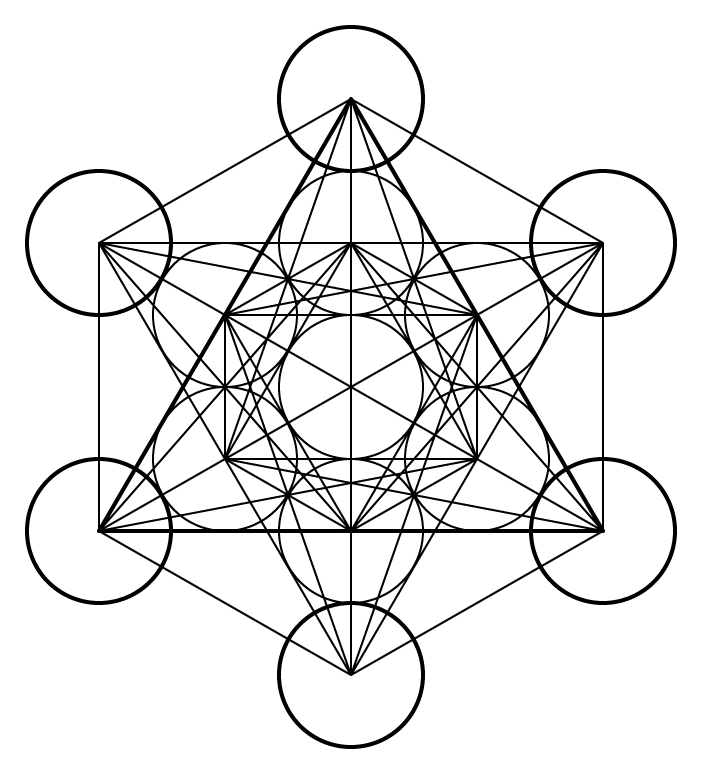Corundum is an aluminum oxide mineral known for its exceptional hardness and durability. Belonging to the oxide class and the hematite sub-class, corundum forms in a variety of colors and crystal structures. Its hexagonal crystal system is characterized by barrel-shaped, prismatic, or tabular crystal shapes. Transparent specimens are highly sought after for their gemstone qualities, while opaque varieties are admired for their abrasive properties.
Usage
Corundum’s primary use is as an abrasive, thanks to its hardness (second only to diamond) and its ability to withstand high temperatures and pressures. It is widely used in the manufacturing of grinding wheels, cutting tools, and sandpapers. Synthetic corundum is also employed in various applications, such as lasers, watches, and electronic substrates.
Gemstone
Corundum is highly prized as a gemstone, especially when it forms as transparent crystals. The mineral is responsible for creating two of the most precious gemstones: ruby and sapphire. Rubies are red corundum, while sapphires encompass all other colors, including blue, yellow, green, and even colorless specimens. These gemstones are admired for their beauty, rarity, and durability, making them ideal choices for engagement rings, necklaces, and other fine jewelry pieces.
Origin
Corundum is formed in nature through a variety of geological processes, such as metamorphism and the crystallization of high-temperature, aluminum-rich fluids. These processes lead to the formation of corundum crystals in a wide range of sizes and colors, depending on the specific conditions and trace elements present during their formation.
Occurrence
Corundum is typically found in metamorphic rocks, such as schist and gneiss, as well as in pegmatites and other igneous rocks. It can also occur as a result of contact metamorphism or as a weathering product of aluminum-rich rocks. Some of the most significant deposits of corundum are found in countries such as Sri Lanka, Myanmar, Madagascar, Tanzania, and the United States, where the geological conditions are favorable for the formation of this durable mineral.
Metaphysical
In metaphysical and spiritual practices, corundum is believed to possess a range of properties. It is said to promote wisdom, self-awareness, and spiritual growth. Rubies, the red variety of corundum, are associated with passion, vitality, and courage, while sapphires represent clarity, intuition, and inner peace. Corundum is also thought to aid in the healing of various physical ailments and to enhance mental focus, making it a popular choice for meditation and spiritual practices.
| Class | Oxides |
| Formula | Al2O3 |
| Luster | Adamantine to vitreous |
| Hardness (Mohs) | 9 |
| Streak | White |
| Color | Colorless, pink, red (ruby), blue (sapphire), yellow, green |
| Cleavage | None, but exhibits parting in one direction |
| Specific Gravity | 3.95 – 4.1 |


